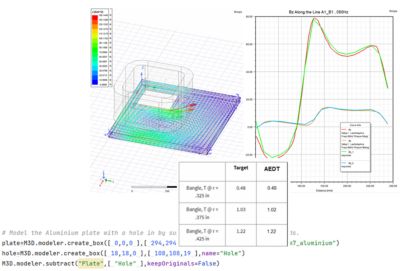We've introduced PyAEDT; we'll show advantages over the native AEDT scripting environment. PyAEDT efficiently automates setup, solving, and post-process a standard set of benchmark EM problems. PyAEDT applies to specific case studies requested by the user's community - especially from the automotive segment, to whom a fully automated 2D Magnetic Transient FEA for Nissan Leaf is dedicated.
In this webinar, attendees will learn:
- Scripting approach evolution for Ansys Electronics Desktop platform
- How to install and work with the new PyAEDT package
- Where to find examples and learning resources
- What’s possible in PyAEDT?
Who Should Attend
Maxwell and motor-cad users













